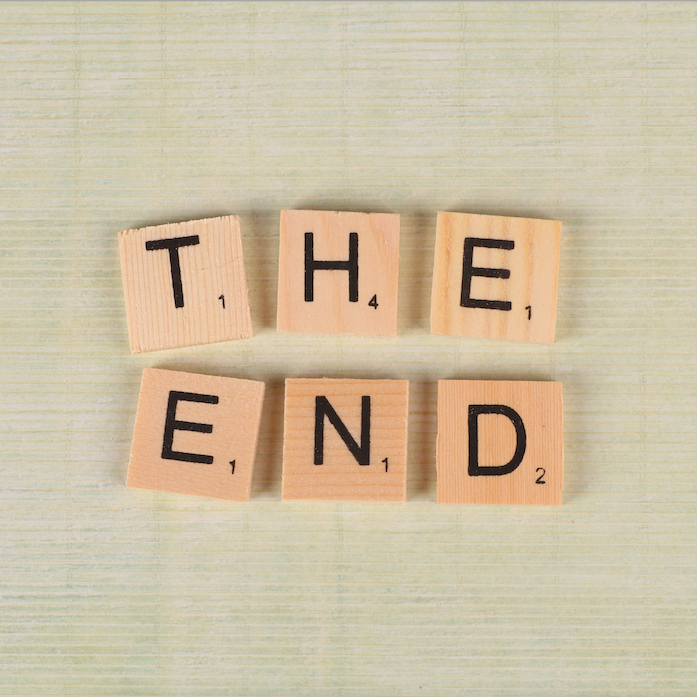What makes an ending?

‘Endings’ are often defined as the literal end of things.
The final part or conclusion of most linear narratives ties up the story and plot lines in neat formations for a satisfying close. This oddly traditional way of considering endings brings the reader and (often) the writer a sense of peace. Traditional endings are a clear closure of perspectives. They prompt us to pause, take stock of the reading experience and gather the lessons that the narrative has afforded us.
How else could we consider an ‘ending’ to further enrich our reading and writing experience? Such that an ‘ending’ is not merely a closing but an exploration of the fringes of writing and experience?
An ‘ending’ is also defined as ‘the furthest part of something’.
What is the furthest part of the narrative you are building? What could be the furthest parts of the character you are writing? What are the ‘endings’ of your choice of form, whether poetry, prose or epic? How far can you push a narrative decision to see its maddest edges?
Endings are at once eerie and dramatic. They are, in some sense, a pursuit of what we cannot yet see; the furthest edges of our writing which begin to take shape only as we write them.
Our team is still welcoming submissions for the 2023 USYD Anthology. Submit your work here.